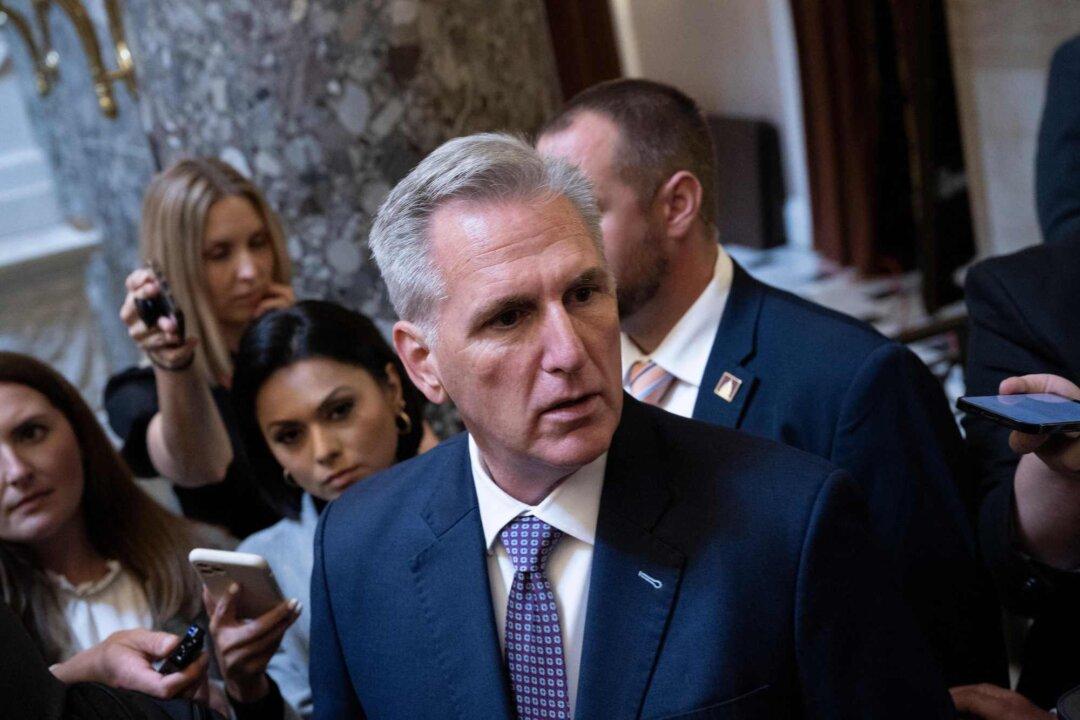The U.S. government may shut down by the end of the month and force the Federal Reserve to bypass a rate hike, according to investment management firm PIMCO.
Federal funding is set to run out on Sept. 30, after which the government may shut down. On Sept. 18, House Speaker Kevin McCarthy (R-Calif.) told reporters that he would be bringing two spending bills to the floor for consideration by lawmakers, including a stopgap bill demanding an 8 percent reduction in federal spending, which would extend the shutdown to Oct. 31. However, experts see little hope in the bills getting passed because of conflicts between lawmakers on the issue of spending cuts.





